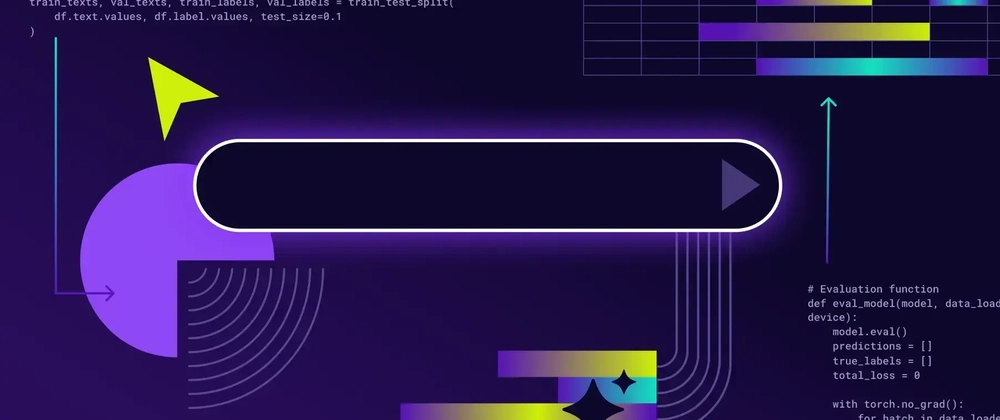As AI coding tools continue to reshape the role of engineers and the impact they drive throughout R&D organizations and businesses overall, Jellyfish is taking a closer look at the actual use and impact of AI.
The following analysis of over 2 million PRs, from July 2024 to June 2025, is based on AI use in real-world engineering environments pulled from our AI Impact solution.
What we’re seeing is astonishing. Our data shows that it’s getting easier to use AI as barriers to entry continue to fall. That’s caused a surge in use, with PRs using AI increasing from just 14% in June 2024 to 51% this year.
Key Takeaways
AI use has exploded. 51% of PRs in May 2025 use AI, compared to just 14% in June 2024.
Average AI PR cycle times are 1.16x faster in Q2 2025, compared to 1.11x faster in Q3 2024.
Gains are coming from both faster coding and faster reviews. In Q2 2025, average PR cycle time went from 95.5 hours to 83.8 hours (13.7 hours saved). Of this total, 8.6 hours was coding time and 5.1 hours was review time.
We found no meaningful correlation between the number of bugs introduced and an organization’s level of AI adoption. Ranking companies by their level of AI adoption, the number of bug (vs story or task) PRs remains consistent in the 8-9% range.
Senior engineers saw bigger gains in 2024, but junior engineers have caught up over the last 12 months. Regardless of seniority, PRs using AI are around 1.2x faster than those authored without AI as of Q2 2025.
About the Data
This data set is pulled from Jellyfish’s AI Impact solution and covers GitHub Copilot users only from June 2024 to mid-June 2025. It covers 259 companies across 21,209 engineers with 2,160,981 merged PRs.
For PRs with 2 or more commits, we look at cycle time (time from first commit to merge), which is broken down into “coding time” (from first commit to last commit) and “review time” (from last commit to merge).
PRs are also broken down by seniority and role:
Across 21,209 engineers*:
- Junior: 813,748 PRs (41.1%)
- Senior: 762,958 PRs (38.6%)
- Unknown: 368,996 PRs (18.7%)
- Manager: 34,072 PRs (1.7%)
*Seniority / role are parsed from roster titles.
Get the full analysis: https://jellyfish.co/blog/ai-impact-data-june-2025/



Top comments (0)